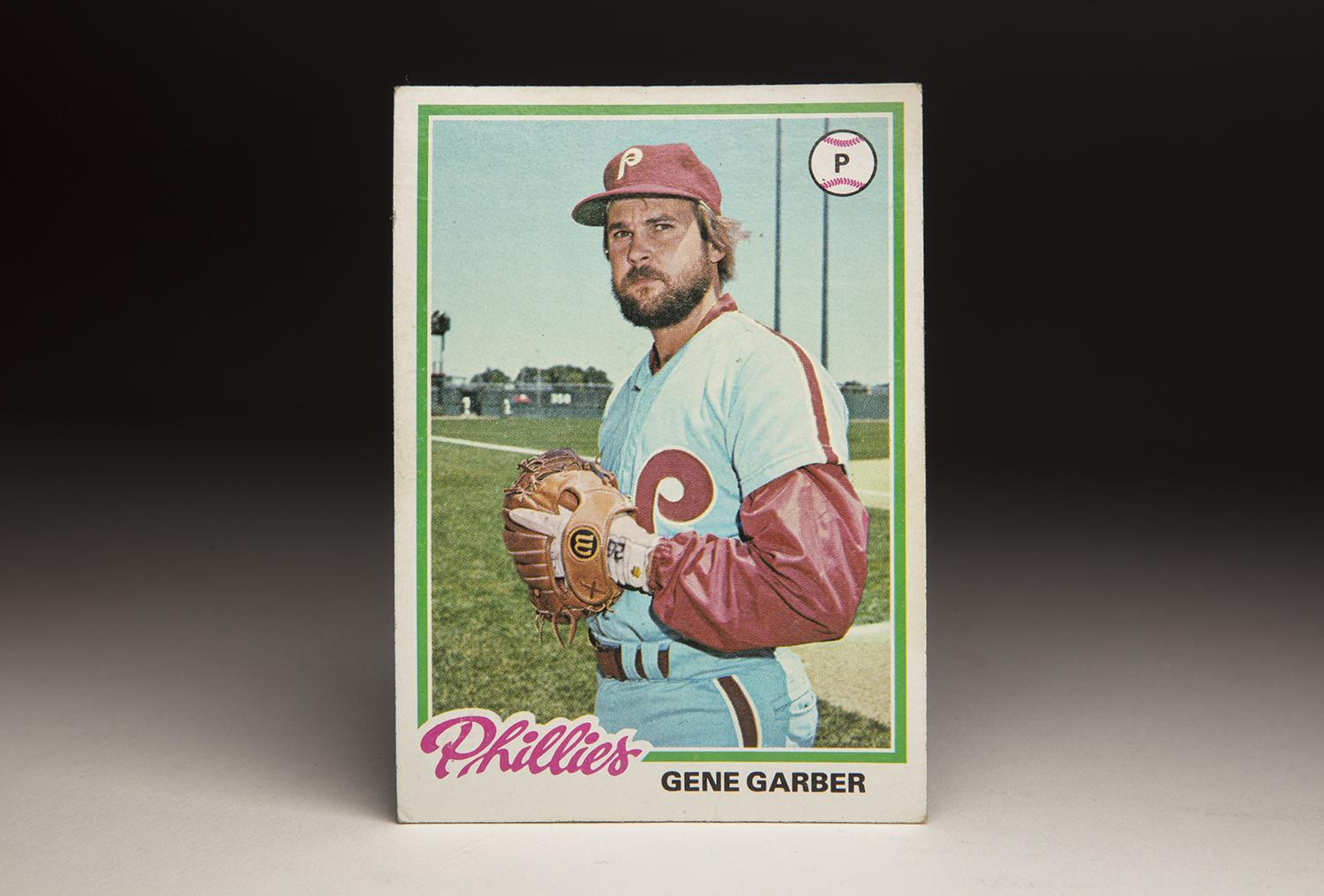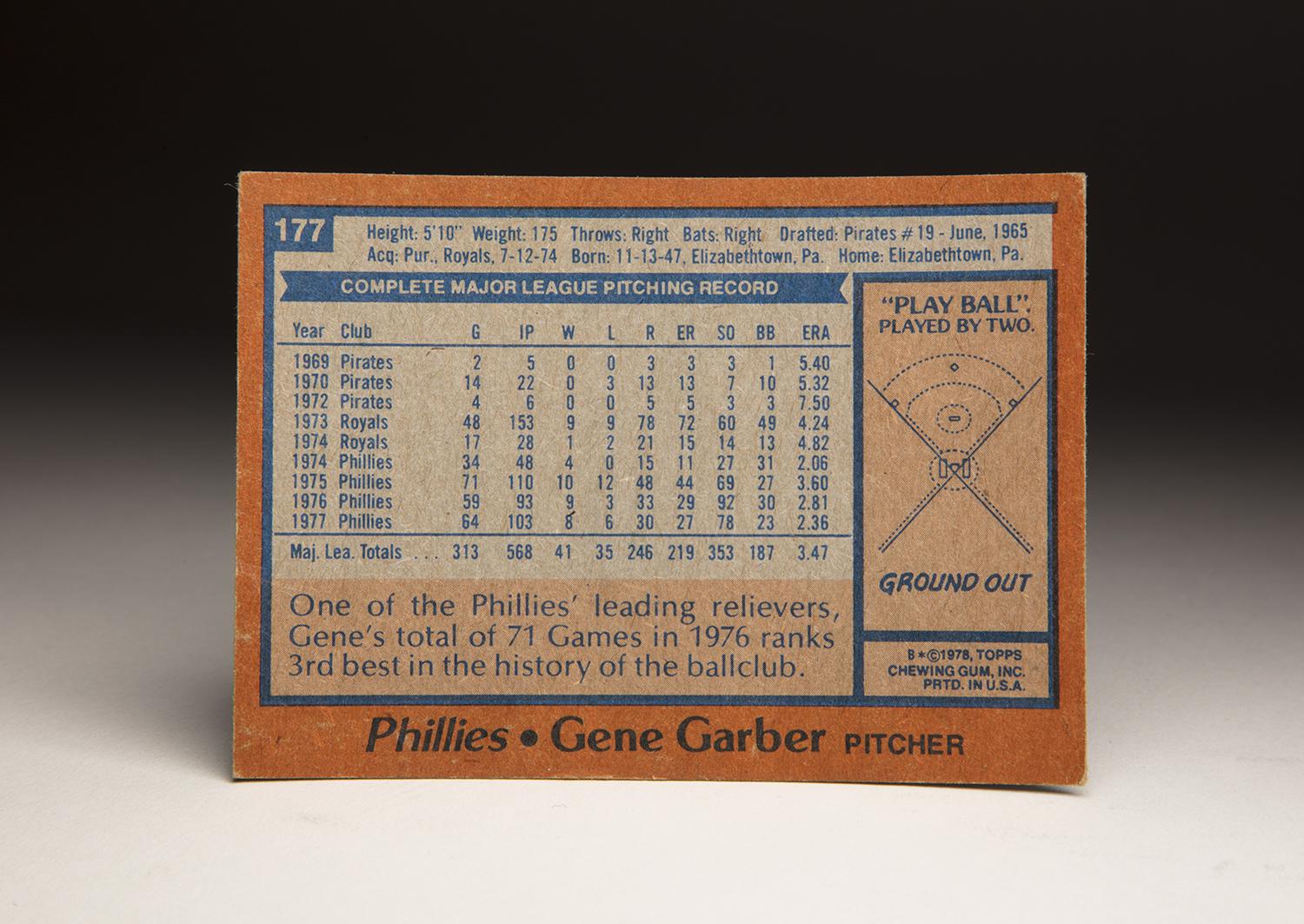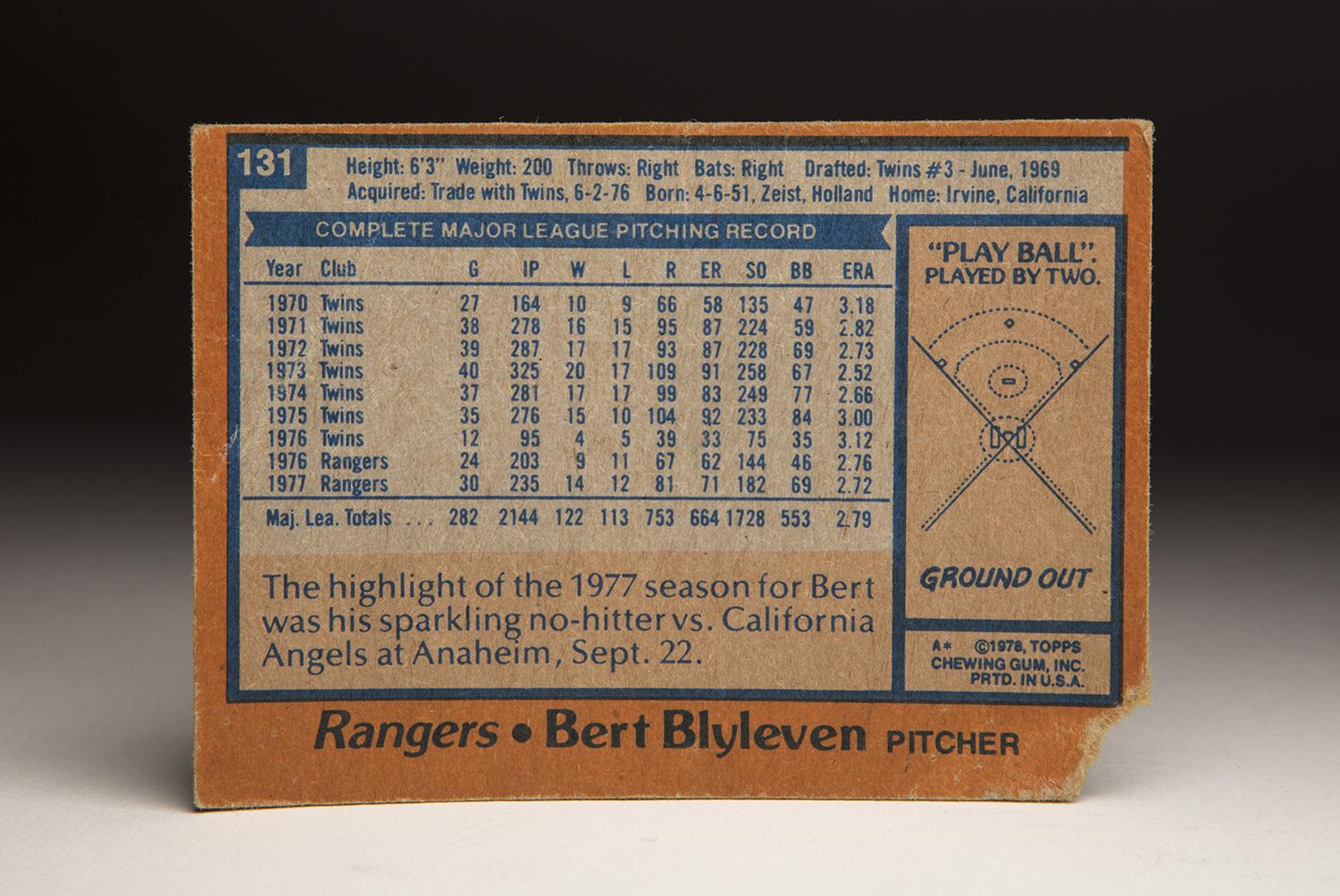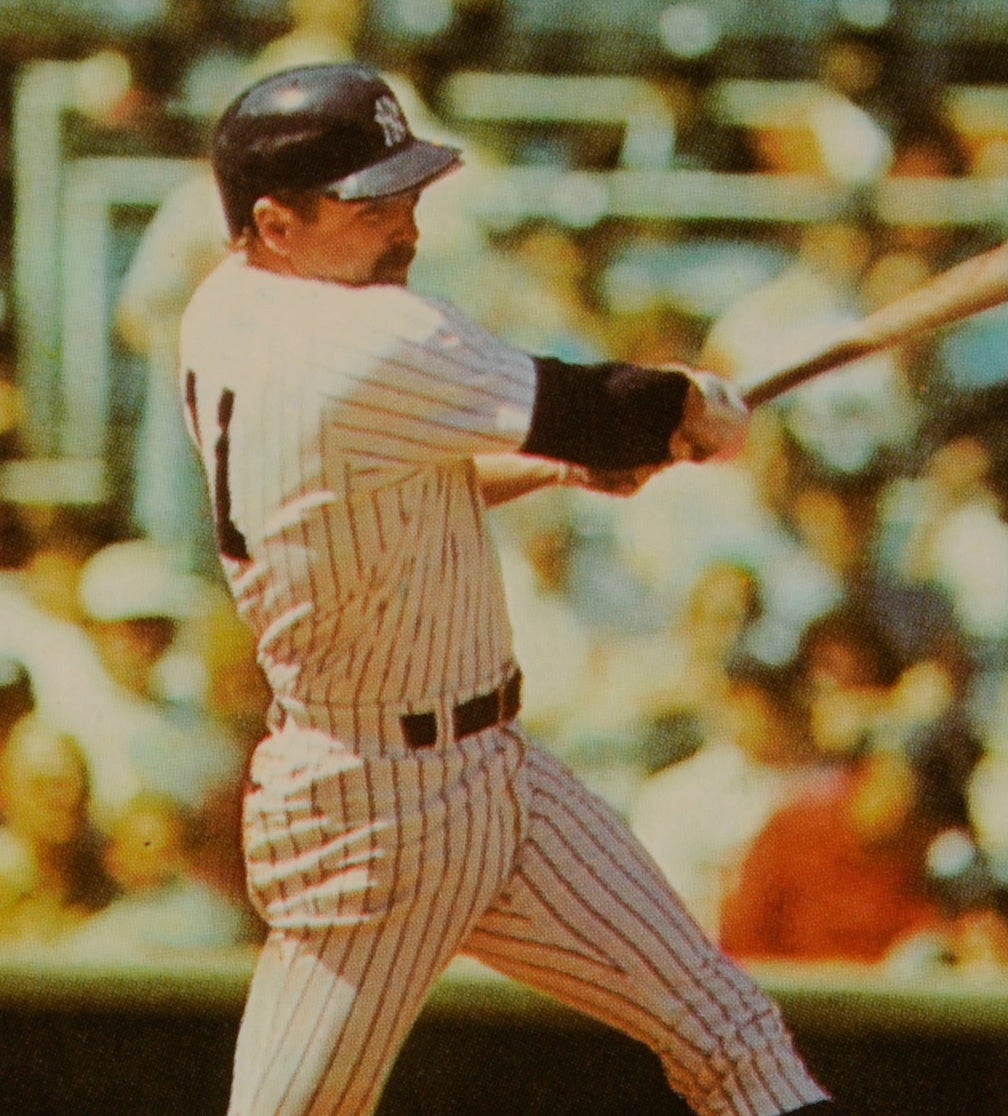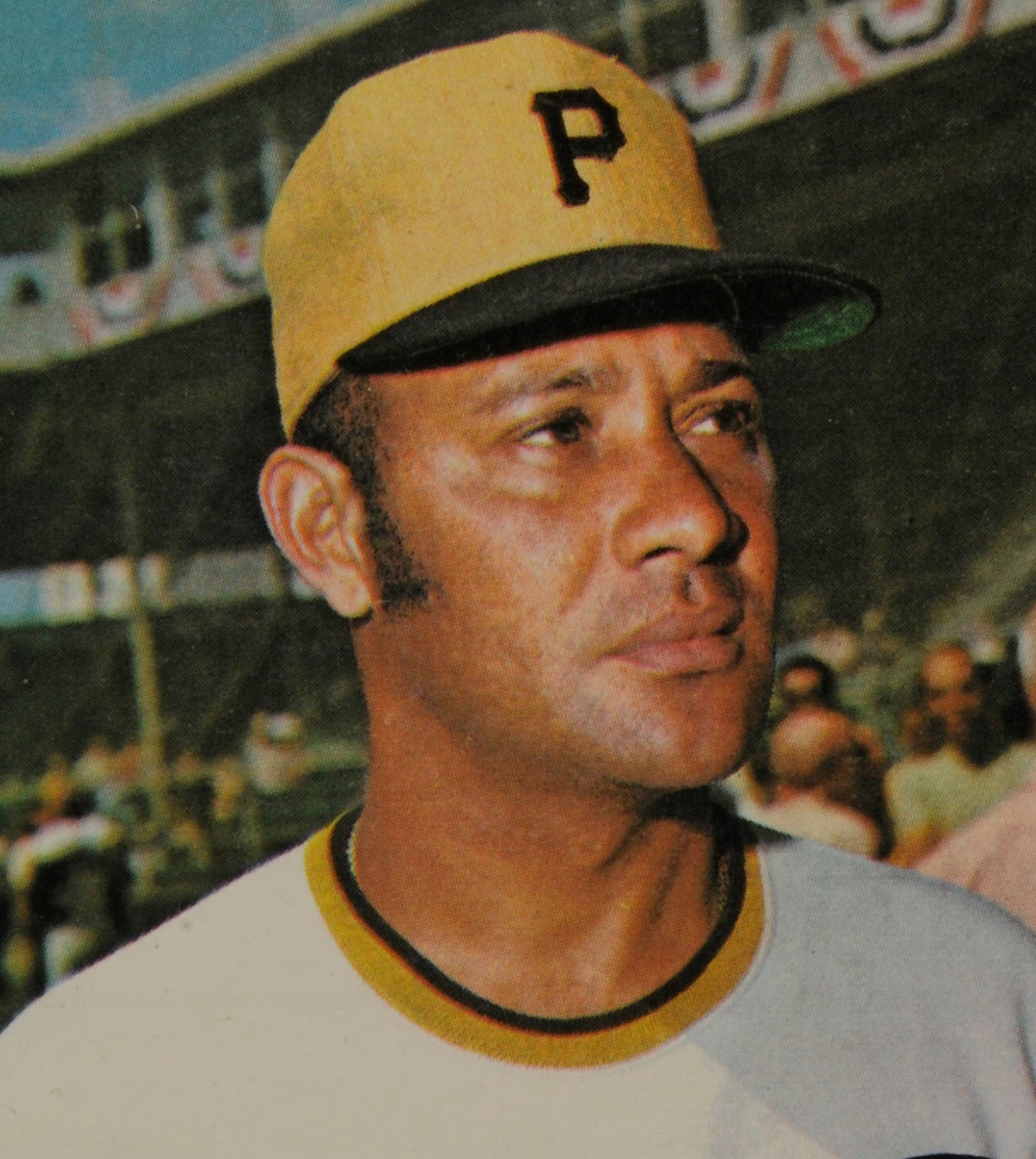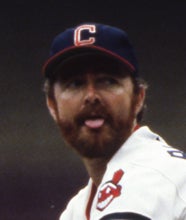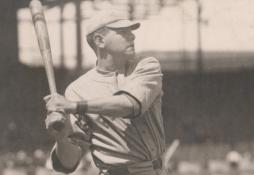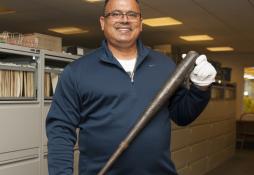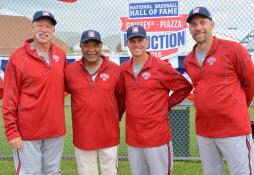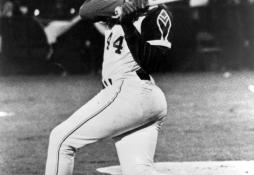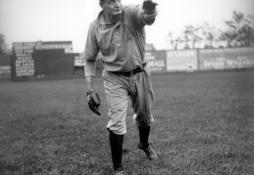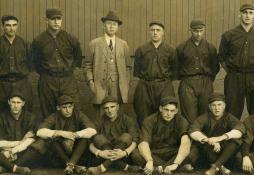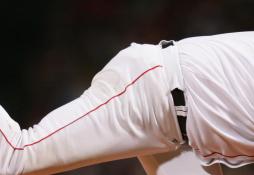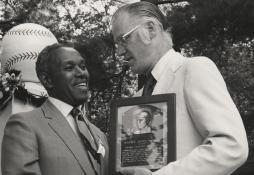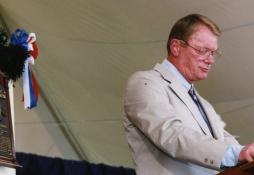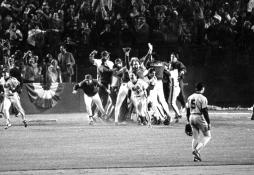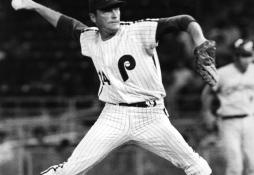- Home
- Our Stories
- #CardCorner: 1978 Topps Bert Blyleven
#CardCorner: 1978 Topps Bert Blyleven
It was the spring of 1978 in Northeast Ohio, and the Topps Chewing Gum Company had me at “Hello”.
At nine years old, without anything approaching a warning, I discovered baseball cards. Two-by-three pieces of cardboard, which came wrapped in wax-paper packs with a stick of gum so thin that four or five chews exhausted all of its flavor.
Every week, usually on a Saturday, I would beg my mother for a quarter – a not-insignificant piece of change in the late 1970s – and head down to the United Family Foods store at the top of Liberty Hill. This mom-and-pop market, which everyone called “Nick’s”, featured two checkout stands: One for shoppers buying groceries and the other, smaller one where Nick himself presided.
Of some age between about 55 and a Galapagos turtle, Nick dispensed then-legal fireworks, tobacco products and various novelties from his counter. It was there that the baseball cards were located.
Hall of Fame Membership
There is no simpler, and more essential, way to demonstrate your support than to sign on as a Museum Member.
Handing over a quarter or two and smiling to appear as innocent as possible (and therefore avoid a sermon on the errors of youth), I received my treasure and fled. Once outside the doors, I’d tear open the pack and quickly scan for Pittsburgh Pirates – hoping for at least a couple Buccos and crossing my fingers that they wouldn’t be any of the dreaded “doubles.”
How my heart leapt when I would see Ed Ott… or Bill Robinson… or Phil Garner. But no matter how many I bought, I could never find the Holy Grail: Future Hall of Famer Willie Stargell.
At the other end of the spectrum was the card of Phillies reliever Gene Garber, who appeared to follow me around like some bad virus. It seemed Garber, with his grisly beard and long-sleeved warm-up jacket making his card easily identifiable, would surface in at least every fifth pack I bought.
Still, I saved them all. Sorted by team and position, and rubber-banded together in an antique set of drawers in our downstairs hallway, the cards were how I learned to love the game. I was not a trader, flipper or bicycle-spoke clicker. Rather, I was a holder… taking them out of their team stack, reading and re-reading the back-side info (a hearty “thank you” to the folks who wrote those quick bios on the reverse of the cards) and then replacing them in their proper order.
Which brings me to the 1978 Topps Bert Blyleven… the only card I ever voluntarily defaced.
Of the thousands of baseball cards I bought between 1978 and 1985, that 1978 Topps set remains my favorite. There was something so simply elegant about the design, which featured the script-lettering name of the team in the lower-left corner, a single-color boundary around the outside of the photo and a baseball in the upper-right corner, with the player’s position inside.
On the reverse, the burnt-orange background with blue lettering gave you all the info in the world on your favorite player.
Blyleven’s card was No. 131 and featured the Hall of Fame pitcher in a Rangers uniform – even though by then he had been traded to the Pirates. Framed by the blue border assigned to the Rangers’ cards by Topps and sporting the script team name in tan, the ever-friendly Blyleven is wearing a pleasant grin while staring off into the distance.
When I came across this card one day at Nick’s, I immediately singled it out as something special… even though it remained a disappointment because Blyleven was not in his correct uniform. But clutching my talisman, I pedaled my bike over to my friend Steve’s house so we could examine our latest cards.
Steve was a Reds fan, and we’d debate the merits of our teams – coincidentally, the two most successful National League franchises of the 1970s – while we sat on the floor of his upstairs attic room. As the afternoon progressed, I absentmindedly grabbed the Blyleven card and – as Steve futilely searched for George Foster in his packs – touched the bottom right-hand corner of the card to my mouth.
In a flash, I knew: I had ruined it! The cardboard immediately soaked up my saliva, turning it from rigid perfection to doughy paper. Quickly, I decided to rid myself of the offending corner. So with two or three deft bites, I gnawed off that corner piece, turning a right angle into a jagged edge.
Steve never seemed to notice, and I quickly slipped the imperfect card back into a larger group and headed home.
For days, I stared at the wound. I felt as if I had damaged some national monument, that I was now unworthy of this most American of hobbies. I resolved not to look at the card ever again, and buried it – and my shame – in my collection.
Fast-forward almost 15 years. My mother has asked me to clean my baseball cards of out the house as I prepared to move to my first real apartment following college. Fortunately – bless her heart (to paraphrase her favorite saying) – she did not throw them away.
As I put the cards in boxes and re-organized them, I come across Topps No. 131 from 1978. I instantly remembered the ripped corner and examined the damage. It is much less than I recall, only a tiny piece – no bigger than a pea – missing. The saliva has long since dried, reducing the size of the cut edge and making it look similar to the borders of other well-handled cards.
And after all this time, Bert Blyleven is still smiling. He has, it seems, forgiven my transgression.
I brought my collection out of my attic the other day. My 17-year-old daughter, passing through the room, came to a startled stop as she saw the cards.
“Are these all yours? You bought all of these?” she said.
Before I could answer came another question: “Do you have any idea what these are worth?”
Oh, yes, my dear. I know of nothing as valuable.
These are my childhood memories.
Craig Muder is the director of communications for the National Baseball Hall of Fame and Museum
Related Stories
It was the spring of 1978 in Northeast Ohio, and the Topps Chewing Gum Company had me at “Hello”.
At nine years old, without anything approaching a warning, I discovered baseball cards. Two-by-three pieces of cardboard, which came wrapped in wax-paper packs with a stick of gum so thin that four or five chews exhausted all of its flavor.
Every week, usually on a Saturday, I would beg my mother for a quarter – a not-insignificant piece of change in the late 1970s – and head down to the United Family Foods store at the top of Liberty Hill. This mom-and-pop market, which everyone called “Nick’s”, featured two checkout stands: One for shoppers buying groceries and the other, smaller one where Nick himself presided.
Of some age between about 55 and a Galapagos turtle, Nick dispensed then-legal fireworks, tobacco products and various novelties from his counter. It was there that the baseball cards were located.

